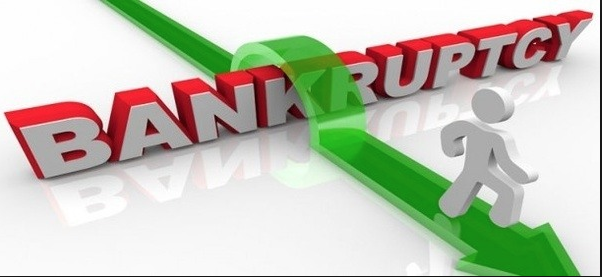July 11, 2018
Shawn Lane
Consumer Credit Expert
Bankruptcy has its pros and cons. Chances are that you considered the facts, weighed your options, and did not choose to file bankruptcy lightly. Although bankruptcy can certainly hurt your credit, filing for bankruptcy does not mean that you have to be stuck with horrible credit forever. There are steps that you can take to begin rebuilding your credit right away. It may take some time and you may need to ask for help, but it is 100% possible for your credit to recover after bankruptcy.
Step One: Credit Report Review
Your credit reports could be a bit of a mess after a bankruptcy, and not just because of the bankruptcy itself but also due to the very real possibility of credit reporting errors. Post bankruptcy credit damage is bad enough without having to suffer with incorrect negative data on your credit reports.
After a bankruptcy you should comb through all 3 of your credit reports thoroughly to look for the following:
• Outstanding balances which should be listed as $0
• Accounts which are not yours
• Incorrect late payments
• Any other incorrect or questionable information
You have the right to dispute any credit reporting errors on your credit reports. However, if you feel too busy or too overwhelmed to tackle the dispute process on your own remember that it is also your right to ask for help. CLICK HERE or give us a call at 214-856-0068 to schedule a free credit analysis today.
Step Two: Positive Accounts
In addition to working to fix incorrect credit reporting after a bankruptcy, it is also important to rebuild positive credit. Of course, qualifying for new credit after a bankruptcy can be a little tricky, but the 3 options below should help you get started.
• Secured Credit Cards
Secured credit cards generally offer easy approval criteria, even if your credit has been damaged by bankruptcy. With a secured card you make a deposit with the issuing bank which will be equal to the credit limit on the account (i.e. a $300 deposit equals a $300 credit limit). Since you are securing the account with your own funds, credit card issuers have less risk involved and are more willing to take a chance on doing business with you.
• Authorized User
The authorized user strategy is another effective way to rebuild credit post bankruptcy. If you have a loved one with an open, positive credit card account, you can ask that person for a favor. If your loved one adds you onto a positive credit card account as an authorized user and if that account shows up on your credit reports (most will in 90 days or less), your credit could benefit.
• Credit Builder Loan
Many local credit unions and several online lenders offer a product known as a credit builder loan which is designed for people looking to rebuild damaged credit or to build credit for the first time. When you are approved for a credit builder loan, the funds will be held in a savings account which the lender controls. Only after you have made the final loan payment (generally 6-12 months later) will the funds be released to you. This type of loan involves little risk for the lender and gives you the opportunity to establish a positive installment account on your credit reports.
Step Three: Manage New Accounts Properly
No matter which type of account(s) you choose to help rebuild your credit, it is imperative that you manage those accounts properly. Your new accounts will only help your credit if you make on-time monthly payments and, in the case of credit cards, if you keep the balances paid down either very low or at $0. Manage your new accounts poorly and you might find your credit in even worse shape than when you began.

